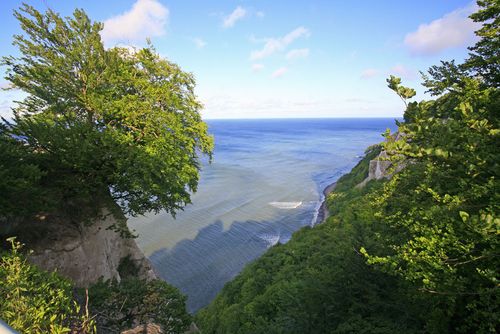Behind the Scenes with the Ministry of Arts and Cultural Heritage Staff: An Insider’s Perspective
The Ministry of Arts and Cultural Heritage, like any other government agency, has its fair share of behind-the-scenes activities unknown to the public. But what really goes on within the corridors of this prominent institution? Who are the people responsible for shaping Nigeria’s cultural narrative?
To answer these questions, we sought the perspectives of an insider – someone who knows the Ministry’s culture and daily operations inside out. Here’s what we found out.
The Ministry’s Organizational Structure
The Ministry of Arts and Cultural Heritage is a multi-tiered agency that comprises various departments and units. At the top of these departments is the Permanent Secretary, followed by Directors, Deputy Directors, Assistant Directors, and other staff.
Each of these departments operates independently but collaborates with one another to achieve the Ministry’s overarching objectives. This structure allows the Ministry to function effectively and efficiently while providing ample opportunities for staff to develop their careers and personal growth.
The Ministry’s Core Functions
The Ministry of Arts and Cultural Heritage has a wide range of responsibilities. Its primary mandate is the preservation and promotion of Nigerian arts and culture, encompassing everything from traditional music, dance, and visual arts to modern literature, fashion, and technology.
To achieve this objective, the Ministry organizes cultural festivals and events, provides funding for creative projects, and conducts research on Nigeria’s cultural heritage. It also oversees the management of national museums, galleries, and cultural centers, such as the National Museum Lagos, the Terra Kulture, and the National Theatre.
The Ministry’s Work Environment
The Ministry has a diverse and inclusive work environment that encourages innovation, creativity, and teamwork. The staff is drawn from different backgrounds, cultures, and disciplines – including artists, historians, archaeologists, and administrators – all with a shared passion for Nigerian arts and culture.
Working for the Ministry is a unique experience, and many staff members have been with the agency for many years. This longevity brings unparalleled institutional knowledge and expertise that is passed down from generation to generation of Ministry staff.
Conclusion
The Ministry of Arts and Cultural Heritage is more than just a government agency – it’s a bastion of Nigerian culture that is steeped in tradition, history, and creativity. The staff at the Ministry are passionate about promoting Nigeria’s rich cultural heritage and doing their part to preserve it for future generations.
In conclusion, we hope this insider’s perspective has given you a glimpse into what goes on behind the scenes at the Ministry of Arts and Cultural Heritage in Nigeria. We encourage you to visit one of the Ministry’s cultural centers or museums to experience Nigeria’s artistic and cultural diversity firsthand.
(Note: Do you have knowledge or insights to share? Unlock new opportunities and expand your reach by joining our authors team. Click Registration to join us and share your expertise with our readers.)
Speech tips:
Please note that any statements involving politics will not be approved.
